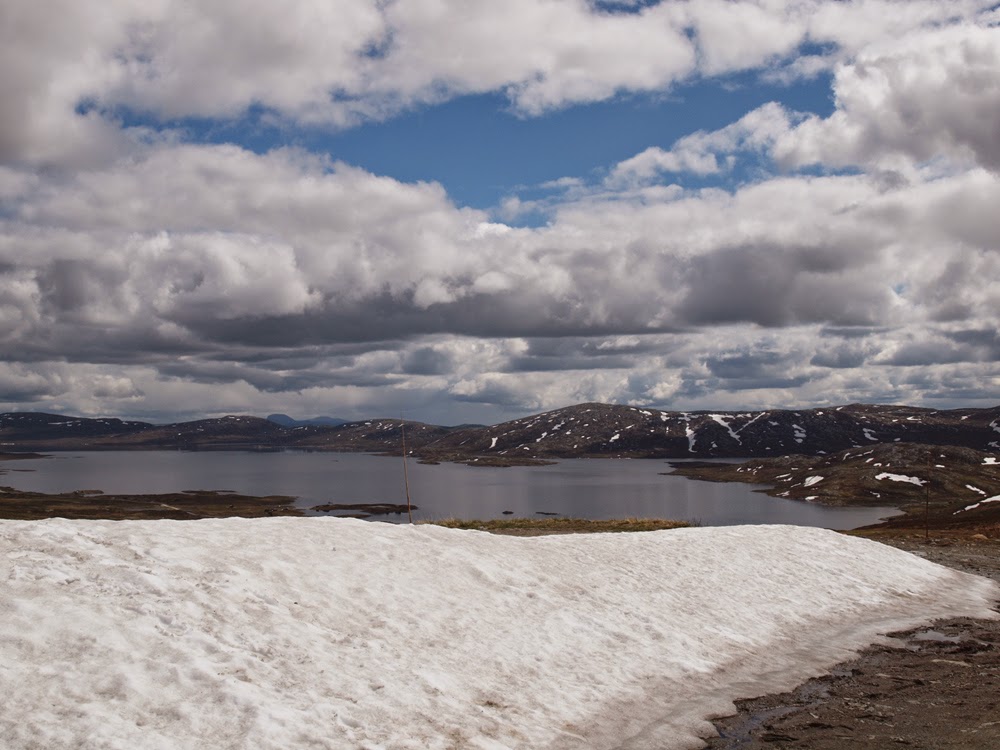Physical or online groups?
As I live alone, and with no family
living in my adopted country, I often consider the pros and cons of
joining quilting groups. These could be largish, like guilds, or
small and local groups who meet in each others' houses on a regular
basis. I have tried both, and there are limitations as well as
positives. The plus side of the guild is that they sometimes have
inspiring speakers, or invite well-known artists to run workshops, as
well as putting on shows that are only open to members. The downside
for me is that is is quite a distance, and many times I found the
speaker had cancelled and people were just going to do show and tell
and drink tea. Some members are very prolific and innovative, but the
vast majority work in the more traditional designs, which no longer
capture my imagination.
The smaller local groups were friendly,
and it was easier to keep up with each person's development and
ideas. However, I found most times that I didn't have any work that I
could usefully take – most of my work needs concentration and quite
a lot of space (I am messy!). I began to resent the time going to the
meetings which I could more profitably use on my work.
So now my groups are all online. They
have the advantage that participation takes only a few minutes when
it is convenient. There is still a feeling of camaraderie, and shared
goals, probably more than in a real group. It is interesting to
e-chat to people from other countries and other cultures, learning a
few details of their lives and homes, as well as combining in joint
works or joint challenges.
I am sure that the best option would be
a group that could meet occasionally to review each other's work for
the year, but given the geographical spread, this is not easy to
organise. I was lucky that most of my first online group was able to
meet twice, once at the now defunct Long Beach show, and once in
Canada for a self-run retreat. Some of the Latitude members have met
each other, and more will meet at FOQ this year. I did meet some last
year, and it gives a wonderful richness to the online life.
From my online groups I have made good
friends in other parts of the world. From my local groups and guilds,
I have made only one, and she is going to move away from the area
soon.
I wonder how things are for others in
their countries, and if they live in cities or countryside.
Julia







































